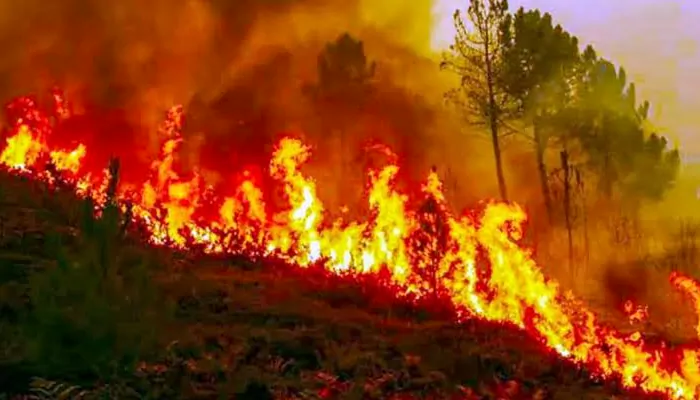
Here are today’s most important updates from the realm of Science and Space.
Scientists have discovered a rare planet using a space-time phenomenon first predicted by Albert Einstein. The planet AT2021uey b is a Jupiter-sized exoplanet located approximately 3,200 light-years away from Earth in the galactic bulge. The planet was discovered using gravitational microlensing, a method based on Albert Einstein's theory of general relativity that detects planets by measuring the bending and magnification of light from a distant star as a massive object passes in front of it. AT2021uey b orbits a small and dim M dwarf star. It completes its orbit every 4,170 days, which is roughly equivalent to 11 years on Earth.

Scientists have developed a new 'photosynthetic' material capable of absorbing carbon dioxide (CO2) that can one day be used in buildings to fight climate change. The researchers have created the innovative substance using blue-green algae (cyanobacteria), which converts CO2, sunlight and water into oxygen and sugars through photosynthesis. Under specific nutrient conditions, it can also turn CO2 into sturdy, eco-friendly construction components and solid minerals such as limestone, providing permanent carbon storage while strengthening the material. To ensure that the cyanobacteria live as long as possible and remain efficient, the researchers optimised the geometry of the structures using 3D printing processes to increase the surface area, increase light penetration and promote the flow of nutrients.

New simulations reveal that the infamous "city killer" asteroid 2024 YR4 could shower Earth with "bullet-like" debris if it hits the moon in seven years' time, potentially triggering an eye-catching meteor shower — and endangering the satellites that orbit our planet. 2024 YR4 is a potentially hazardous asteroid measuring roughly 200 feet (60 meters) across, making it large enough to wipe out a large urban area if it were to hit Earth head-on. The odds of such a collision have grown slowly but steadily, and most recently jumped to 4.3% earlier this month. If 2024 YR4 hits the Earth-facing side of the moon — which is roughly a 50/50 chance — up to 10% of this debris could be pulled in by Earth's gravity over the following days. Experts will likely know the final likelihood by 2028, when the asteroid will make its next close approach to our planet.

Wildfires are becoming more intense and dangerous, but a new Stanford-led study offers hope: prescribed burns—intentionally set, controlled fires—can significantly lessen their impact. By analyzing satellite data and smoke emissions, researchers found that areas treated with prescribed burns saw wildfire severity drop by 16% and smoke pollution fall by 14%. Even more striking, the smoke from prescribed burns was just a fraction of what wildfires would have produced in the same areas. It's not a cure-all, but it's a strategy that can reduce harm from extreme wildfires when used effectively.